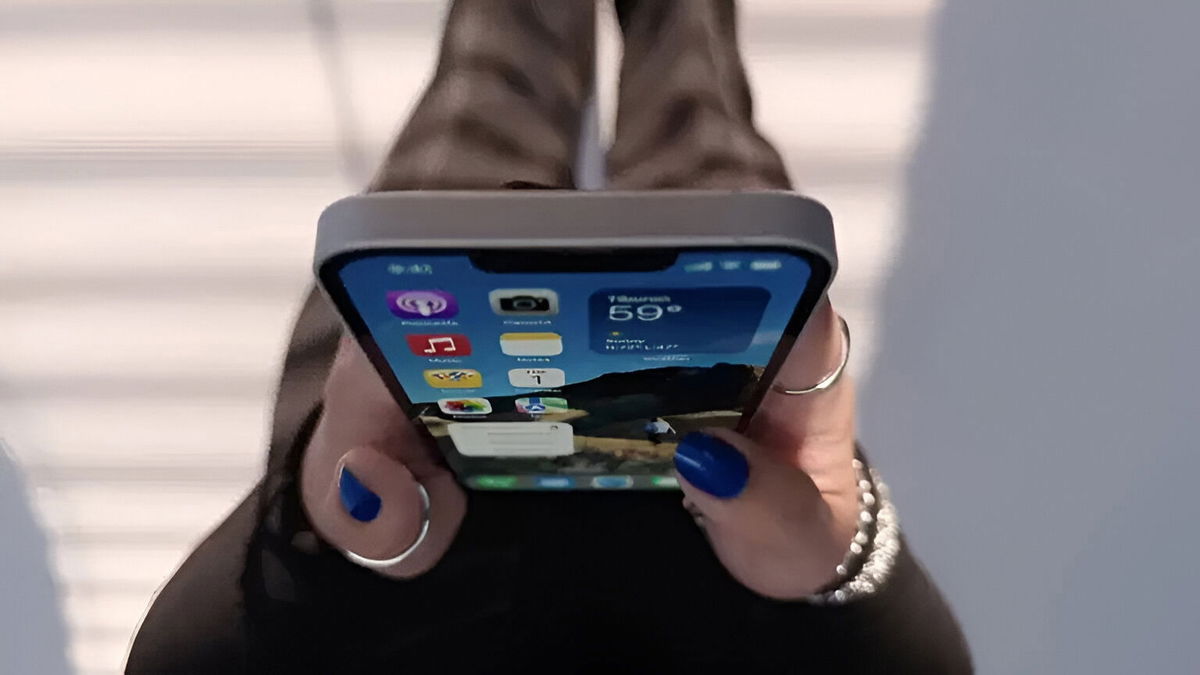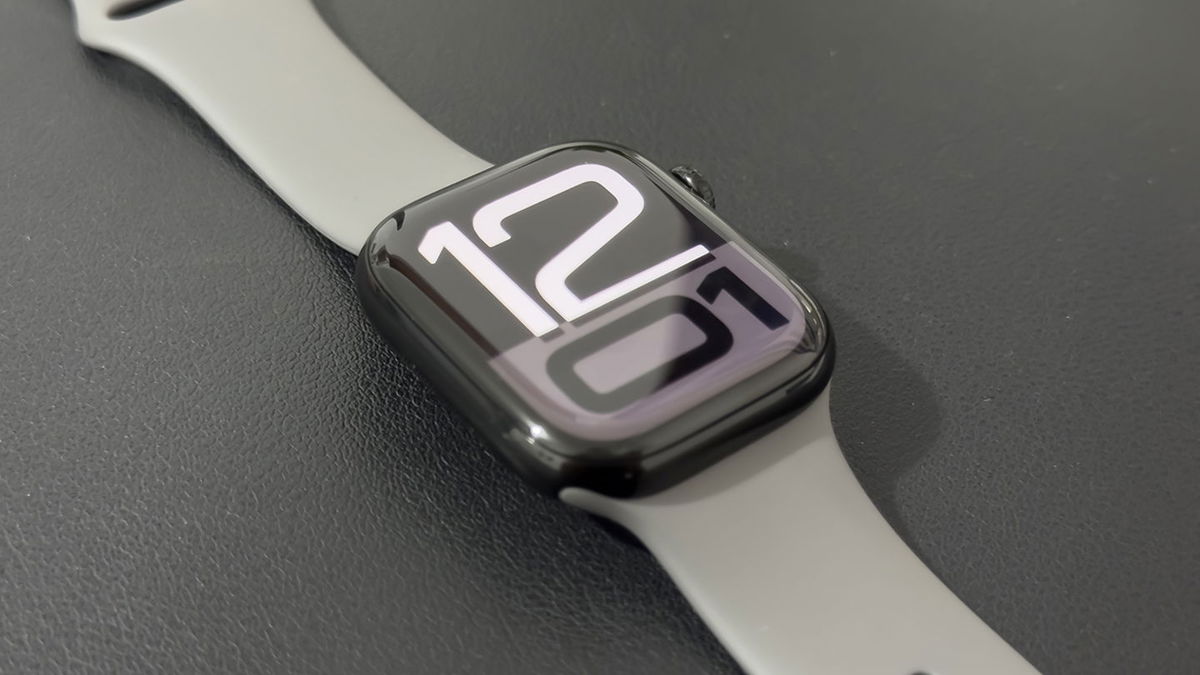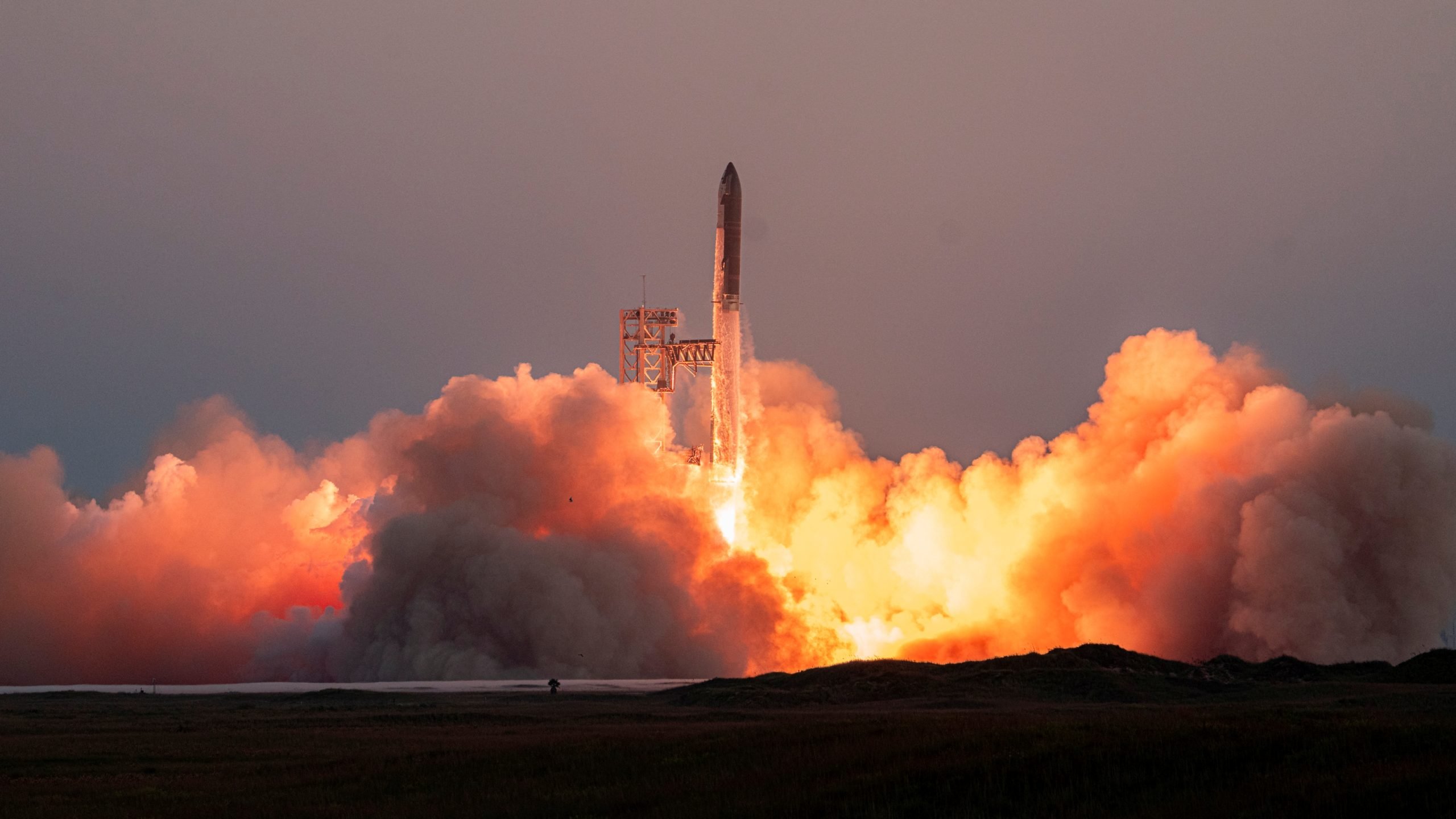Just as every four years an extra day is added to the calendar at the end of February, something similar happens over time. A second is added from time to time make up for differences between time measured based on the rotation of the earth and time on an atomic scale. This addition of seconds happens imperceptibly for us. However, for systems where very accurate timing is required, this can be a problem.
Consequently Bureau International des Poids et Mesures (BIPM)of which 59 countries are part of the world, has decided to phase out those seconds, known as leap seconds, by 2035 at the latest.
Speaking to Agence France Presse collected Scientific AlertBIPM clarified that this would not affect UTC time and in general it will not mean any changes in the lives of citizens. But it will solve other problems; therefore, even with discrepancies in date, agreement was reached to eliminate leap seconds.
What are leap seconds?
The measurement of time that we use in our daily life was obtained at that time using observing the rotation of the earth. The time it takes to make a complete revolution has been set to one day, which lasts 24 hours. And, in turn, each of these hours was divided into groups of 60 minutes, each of which consisted of 60 seconds.
However, over time, they began to use atomic scalein which seconds and other units of time were measured based on vibrations of atoms. Thus, two very similar time scales were obtained, but with slight differences. Therefore, in order to eliminate this small deviation, BIPM decided to periodically add leap seconds. It started to be done in 1972 and it was held 27 more times, the last of which in 2016.
So far everything seemed to be working fine. However, the introduction of technologies that require extremely accurate time measurement began to create problems with this. discrepancy. Such technologies include, for example, satellites, telecommunications, or even devices related to space travel. The introduction of the second from time to time can change these technologies, so a decision had to be made.
Changes in 2035
Most of the countries SOUND they agreed to eliminate the leap second, although they did not agree on an ideal date. Some, like Russia, suggested wait until 2040. Others preferred to do it much earlier, so in the end an average date was found and the date was fixed at 2035.
As long as it is appropriate to add a new second, this will continue as usual. However, starting this year, the difference between atomic and astronomical time will gradually fade. The idea is put a limit which should be amended again, although this has not yet been decided. It estimates to arrive before the minute. This is what would happen during 50 to 100 years old, so this avoids the problems that adding a second currently entails. Perhaps by then the technology had improved enough that it was no longer a problem. Although this is something that is already impossible to know. So far, the first solution has been to set the leap second removal date, and that’s done. The rest will come little by little.
Source: Hiper Textual














